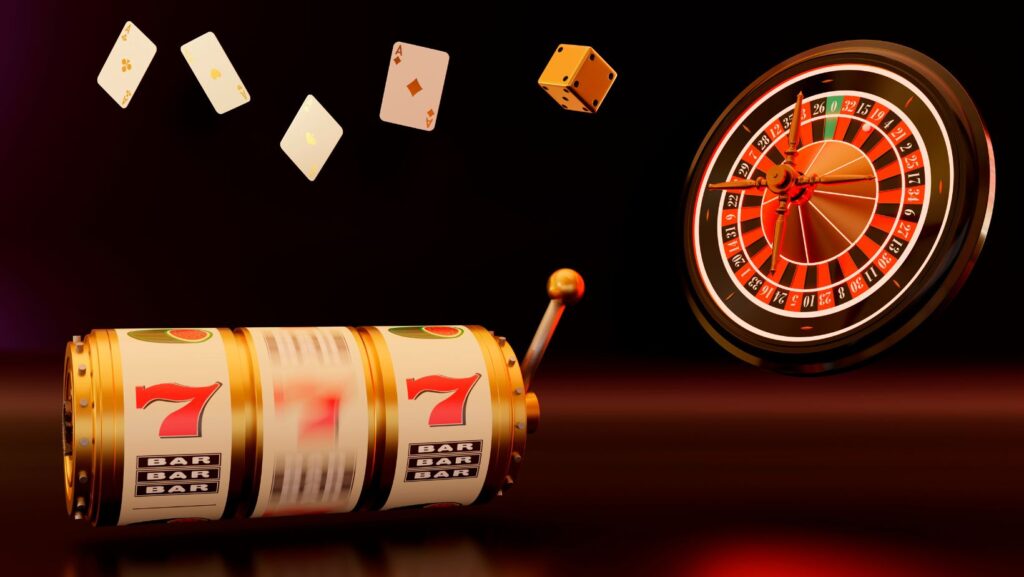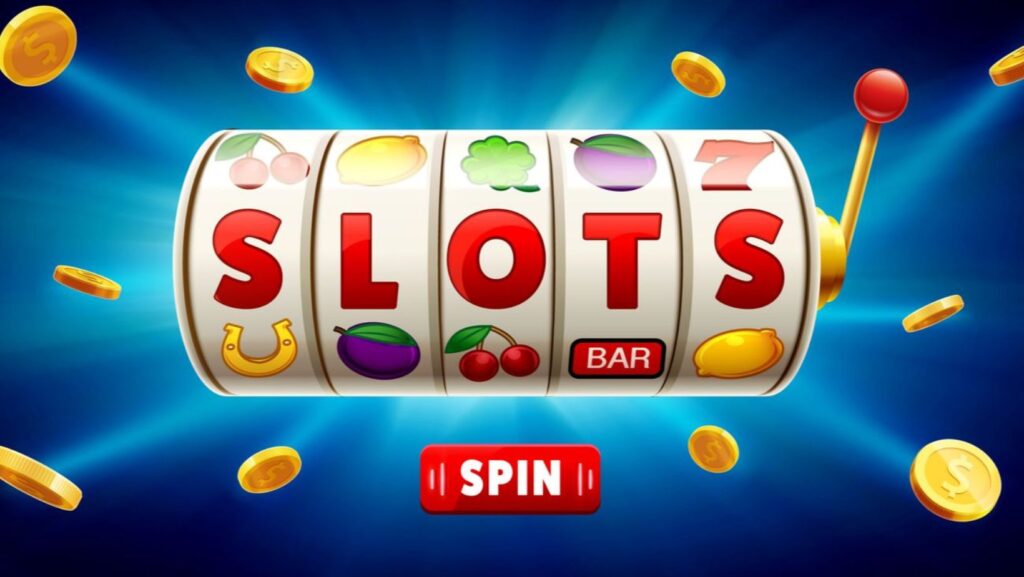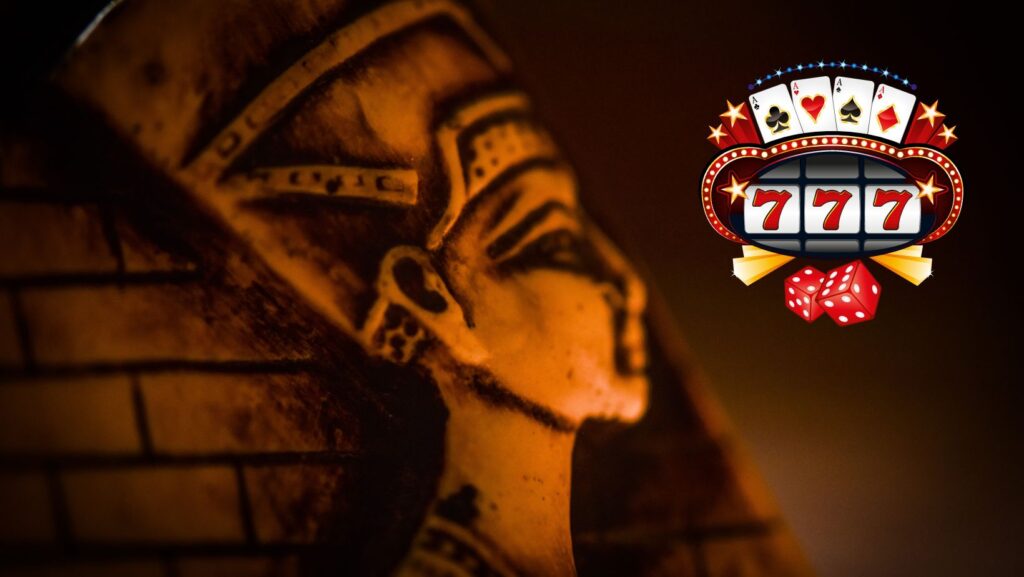Slot games have evolved significantly since the first mechanical machines in the late 19th century. Today, they are an essential part of the online gaming industry, attracting millions of players worldwide. The art of slot game design plays a crucial role in their popularity, blending technology, creativity, and psychology to create engaging experiences. This article delves into what makes slot games so captivating, focusing on design elements, gameplay mechanics, and the psychological factors that keep players returning for more.
The Evolution of Slot Game Design
The journey of slot game design began with simple mechanical devices like the Liberty Bell, which featured three reels and a handful of symbols. These early machines relied on basic mechanics and straightforward gameplay. However, as technology advanced, so did the complexity and variety of slot games.
With the advent of digital technology, slot games transitioned from mechanical reels to video screens, allowing for more intricate graphics, animations, and themes. Online casinos further revolutionized the industry, enabling developers to create games with unlimited themes and features. The flexibility of digital platforms has allowed for continuous innovation, leading to the richly detailed and immersive online slot gacor hari ini games we see today.

The Elements of Slot Game Design
Themes and Visuals
One of the most critical aspects of slot game design is the theme. Themes provide the first impression and set the tone for the gaming experience. Whether ancient civilizations, fantasy worlds, or popular movies, a well-chosen theme can attract players and keep them engaged. Developers spend considerable time researching and designing themes that will resonate with their target audience.
Visual design plays a pivotal role in bringing these themes to life. High-quality graphics, animations, and sound effects create an immersive environment that captivates players. A slot game’s visual appeal can significantly impact its success, as players are more likely to engage with games that are aesthetically pleasing and visually stimulating.
User Interface and User Experience
The user interface (UI) and user experience (UX) are critical components of slot game design. A well-designed UI ensures the game is easy to navigate, with clear instructions and accessible controls. The UX encompasses the overall feel of the game, from the controls’ responsiveness to the gameplay’s pacing.
Developers aim to create a seamless and enjoyable player experience, minimizing frustration and maximizing engagement. This includes optimizing games for different devices, such as desktops, tablets, and smartphones, ensuring that players can enjoy their favorite slot gacor online games anytime, anywhere.
The Psychology of Slot Game Design
Reward Systems
The psychology behind slot game design is a crucial factor in their engagement. One of the key psychological principles at play is the reward system. Slot games use variable ratio reinforcement, giving rewards at unpredictable intervals. This type of reinforcement is highly effective in maintaining player interest, as it creates a sense of anticipation and excitement.
When players win, their brains release dopamine, a neurotransmitter associated with pleasure and reward. This dopamine release reinforces the behavior, encouraging players to continue playing. Even near-misses, where the reels almost align for a big win, can trigger a dopamine response, keeping players engaged.
Immersive Storytelling
Modern judi slot games often incorporate storytelling elements to enhance engagement. A compelling narrative can draw players into the game world, creating an emotional connection and providing motivation to continue playing. Story-driven slots might follow a hero’s journey, with players unlocking new chapters or levels as they progress.

Social Interaction
Many online slot games include social features, such as leaderboards, achievements, and sharing wins on social media. These features tap into players’ social motivations, creating a sense of community and competition. Social interaction can enhance the gaming experience, making it more enjoyable and engaging.
Losses Disguised as Wins
Another psychological tactic in slot game design is the “losses disguised as wins” phenomenon. This occurs when players win an amount that is less than their original bet, accompanied by celebratory sounds and animations. Despite technically losing money, the player experiences a win-like sensation, which can encourage continued play.
Conclusion
The art of slot game design is a complex interplay of themes, visuals, gameplay mechanics, UI/UX, and psychological principles. Developers create engaging and immersive experiences that captivate players by understanding and leveraging these elements. As technology continues to advance, the future of slot game design promises even more innovation and excitement, ensuring that these games remain a beloved staple of the gaming industry.


